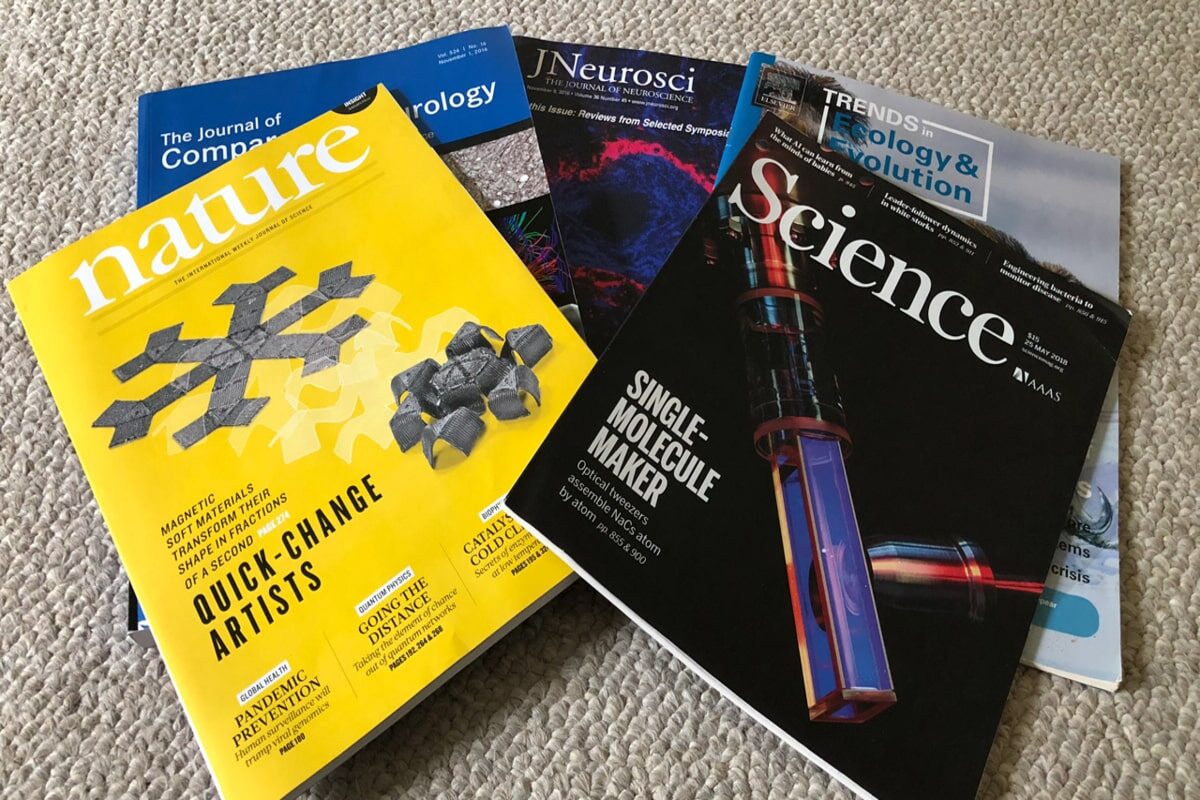Introduction
Publishing an article in the journal adds to the academic performance of the researcher. Almost every researcher desire to publish their research articles in the reputed journal to ensure that it reaches maximum readers. Hundreds of journals are publishing the research article. This article will throw light on some criteria that will help you to select the best journal for your manuscript.
Criteria for Selecting Journal
There is no straight formula to determine the best journal to publish your manuscript. However, analyzing various parameters may help you to decide the journal that best suits you for publishing. Following are some of those criteria:
Impact factor: The impact factor is an important criterion to determine the importance of the journal. The impact factor of a journal is the measure of the average number of citations provided to the articles published in the last two years in that particular journal. The impact factor is a scientometric index. The JCR impact factor is old and effective in providing the names of high impact journals. However, you should also have a look at other impact factor scores. It is important to note that you do not rely only on the impact factor as the high impact factor scores may also be vague.
Peer Review Process: The peer-review process is important to maintain the quality of articles. High-quality articles increase the reputation of journals. The quality journals have a strict peer-review process. All the details for the peer review process are available on the website of the journal. The journal will inform you about the peer review process, the selection of reviewers, the timeline of the peer-review process, and handling other information. Many poor-quality journals do not follow a strict procedure for peer review.
Right of the authors: While considering the target journal, also look into the policies of copyright and other rights mentioned on the website. High transparency of the journal about these rights indicates a high quality of the journal. Some good journals allow the author to have full rights over their manuscript and permit them to disseminate the research. Read the full copyright agreement while before signing.
Business model: The business model of the journal should be clearly stated on the website. All the related cost should be clearly mentioned, and the author should be surprised with any fee which was not mentioned. Further, the name of the sponsors and the mission statement of the journal should be clearly stated and should be followed.
The reputation of the journal: The reputation of the journal should not be seen in isolation and is viewed through various parameters. It includes the quality of articles published in the journal, the society under which the journal is published, the impact factor, the number of people in your circle knows about the journal and other factors.
Indexing: You should identify whether the journal is indexed in a reputed database. Indexing in the reputed database allows the article of the author to reach maximum readers. Some of the citation databases include CINAHL, MEDLINE, EMBASE, and Scopus. These databases list the journal based on various parameters, and their inclusion increases the reputation of journals.
Scope of the journal: You should get information about the scope of the journal and the research domain for publishing your manuscript. Ensure that the scope and aim of the journal are in a line similar to your research. This will help you to make information available to your target readers. Websites of many journals categorically indicate the domain of research that is not under their spectrum of publications.
Journal ethics: Ethical issues are important while publishing the original research. Many journals require detailed information related to ethical aspects of your research. These include conflict of interest, informed consent form, and confidentiality. Good journals are also concerned about data and conclusion manipulation. Journal also checks the manuscript for plagiarism, fraud, segmented publications, and review board approval.
Instructions for authors: You should read and understand the “author guidelines” in detail. You should target the journal and make your manuscript according to the requirement of the journal. Many journals have limited the number of pages, images, or word count. Check the complete list of requirements before drafting and submitting the manuscript.
Editors of the journal: Every good journal has an editorial board comprising of highly reputed reviewers who have credibility in their respective domains. The website of the journal must show the name, position, and contact information of the editors. In case you require more information about the editors, communicate with the journal before submitting your manuscript for peer review.
Conclusion
Various factors should be considered before sending the manuscript for peer review and subsequent publication. These factors are impact factor, the peer review process, aim and scope of the journal, and ethics.


